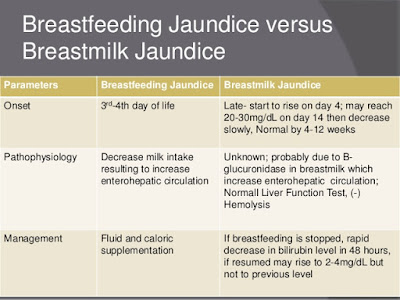A patient with unconsciousness is usually brought o the emergency department and is categorized as having a GCS of less than 8.
There may be many causes that can lead to unconsciousness. A list of these are given below:
Causes;
1. Trauma:
- Head injury:
- Diffuse axonal injury.
- Extradural hemorrhage.
- Subdural hemorrhage.
2. Metabolic causes:
- Hypothermia
- Hypoglycemia
- Hyperglycemia
- Hypernatremia
- Diabetic ketoacidosis
3. Organ failure:
- Cardiac/circulatory failure
- Respiratory failure
- Liver failure leading to encephalopathy.
- Renal failure (uremic coma)
- Hypothyroidism
4. Vascular causes:
- Stroke.
- Subarachnoid hemorrhage.
5. Infections:
- Meningitis
- Encephalitis
- Cerebral malaria.
6. Toxins or Drug Induced:
- Alcohol
- Overdose of opiates tricyclics, benzodiazepines
- Carbon monooxide poisoining
7. Neurologic Causes:
- Brain tumor
- Brain abscess
- Epilepsy

















































